How to Systematically Diagnose Mold Issues and Part Quality Variations
Apply fundamental plastic flow principles to troubleshoot your mold’s problems.
If you review the molds you’ve built and sampled over the years along with the new molds you may be sampling today, you will probably have a list of recurring problems (flash, non-fills, unable to pack the parts, dimensional variations, warp, broken core pins, poor cosmetics, etc.). And if you ask someone which cavity or cavities are causing a specific problem, you will probably hear “It’s random. Sometimes the problems are in cavity 6, other times in cavity 3, and other times in cavity 7.”
But are those defects and mold problems really random? Why do the same problems keep showing up in nearly every mold you build? How much time and money are you spending fixing the same problems over and over? And what can you do to diagnose and fix the root causes or prevent the problems from happening in the first place, thus improving delivery and quality while saving you and your customer time and money?
The Missing Link
To find the answer, we need to look beyond the steel itself. Not all answers lie within what we can see and measure. And after analyzing the mold and the data, you will probably find that many of the part quality defects and mold maintenance issues for a given mold have a common, but often overlooked, link. And that link is the plastic’s fundamental flow characteristics.
Unfortunately, and ironically, there is a general lack of proper training and understanding of plastic flow in the industry, and in particular within the mold manufacturing sector. And understandably so. After all, moldmakers are usually more concerned with the steel characteristics versus plastic flow characteristics. However, it is just as important for moldmakers to understand plastic flow as it is to understand CNC programming.
The science of plastic flow helps separate out all the variables and noise during the mold debug and troubleshooting phases and ongoing mold maintenance programs. This allows you to quickly and accurately identify the root causes of your mold’s problems. And in turn, proper long-term solutions can be implemented to provide a higher quality mold, and systematic mold diagnostic procedures can be put in place to let you qualify the mold faster and easier. And when done properly, all of this can be done at a lower cost and with a shorter leadtime.
Flow Grouping
Separating the root causes of mold filling and part quality variations should be done using a Flow Grouping methodology. This process will allow you to scientifically track and troubleshoot a mold’s filling and part quality characteristics by identifying groups of cavities that have the same material history.
To better understand this, consider that all filling and part quality variations are typically a result of a pressure drop difference as the material flows to and/or within the cavities. Through Flow Grouping, we can determine that any filling or part quality variation within a given Flow Group is typically caused by steel variations—such as core/cavity steel dimensions, gate size/gate land variations, and venting, in addition to outside variables such as molding machine inconsistencies, heater band functionality, and so on.
Any variation between Flow Groups has been proven to be a result of different material viscosity characteristics flowing to each of the Flow Groups. The different material properties between the Flow Groups are caused by non-uniform shear history of the material as it travels through the melt delivery system.
Systematic Mold Performance Analysis
Table 1 shows the mold maintenance log for a 16-cavity cold runner mold with the layout and cavity ID map as shown. The table also shows a graph of the defect occurrences per cavity. The defects range from short shots to flash to broken core pins and part sticking issues. When confronted by the increasing cost of mold maintenance and part quality issues, the mold engineer inquired as to which cavities are causing the defects. The response from the shop floor: “It’s random.” And it certainly looks random when viewed as a whole. Not one specific cavity is the cause of any one specific defect. However, Table 2 shows the same data after implementing Flow Grouping to the mold layout. The defects no longer appear to be so random. Each given defect is now found to be heavily concentrated within a given Flow Group.
For example, most of the flash defects are within Flow Group 1 (Figure 1). When plastic flow is taken into consideration, it is determined that Flow Group 1 receives the lowest viscosity material due to shear and laminar flow (yes, laminar…there is no turbulence in traditional plastic flow. Remember the training mentioned earlier?). The lower viscosity material flowing to the cavities in Flow Group 1 allows those cavities to fill easier than the other cavities.
Conversely, the majority of the short shot defects were found to be within Flow Group 4 (Figure 2), which typically receives the highest viscosity material for this mold layout. The higher viscosity will make it more difficult to fill and pack those cavities properly. To remedy the short shot issues, the processor may increase melt and mold temperatures, inject faster and use more packing pressure. In doing this, the situation within Flow Group 1 escalates causing the parts to flash and stick in the mold, which eventually causes the core pins to break.
Summary
Many of the recurring defects and mold maintenance issues can be explained (and prevented) by plastic flow. But without fixing the root cause of the problems, the changes you make to some cavities to remedy one problem may create other problems within other cavities, and you wind up chasing your tail. A moldmaker’s knowledge of plastic flow and utilizing a systematic approach to mold diagnostic procedures are critical elements in advancing the moldmaking industry. After all, whether you admit it or not, a moldmaker’s job is directly affected by plastic flow. Wouldn’t it be advantageous to the industry to understand it a little more?
Related Content
Plastic Prototypes Using Silicone Rubber Molds
How-to, step-by-step instructions that take you from making the master pattern to making the mold and casting the plastic parts.
Read MoreMachining Center Spindles: What You Need to Know
Why and how to research spindle technology before purchasing a machining center.
Read MoreMaintaining a Wire EDM Machine
To achieve the ultimate capability and level of productivity from your wire EDM on a consistent, repeatable and reliable basis, regular maintenance is a required task.
Read MoreHow to Eliminate Chatter
Here are techniques commonly used to combat chatter and guidelines to establish a foundation for optimizing the moldmaking process.
Read MoreRead Next
Multi-Cavity Mold Issues Solved with Melt Rotation Process
Toolroom supervisor shares his experience with a rheological control solution to some obvious and some not-so-obvious challenges with product and color variations in a multi-cavity mold.
Read MoreHow to Use Strategic Planning Tools, Data to Manage the Human Side of Business
Q&A with Marion Wells, MMT EAB member and founder of Human Asset Management.
Read MoreHow to Use Continuing Education to Remain Competitive in Moldmaking
Continued training helps moldmakers make tooling decisions and properly use the latest cutting tool to efficiently machine high-quality molds.
Read More
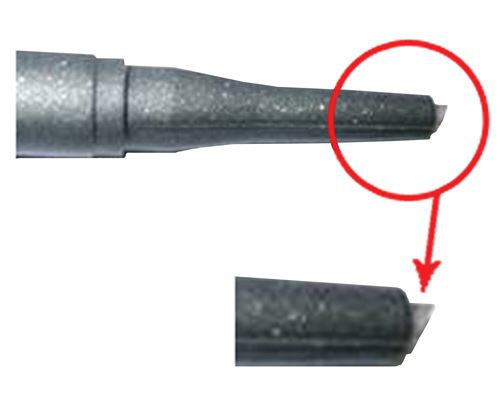
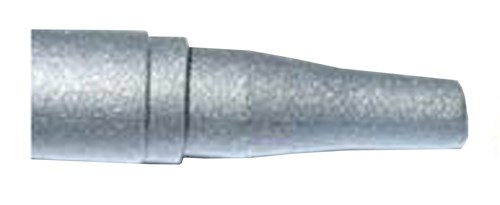
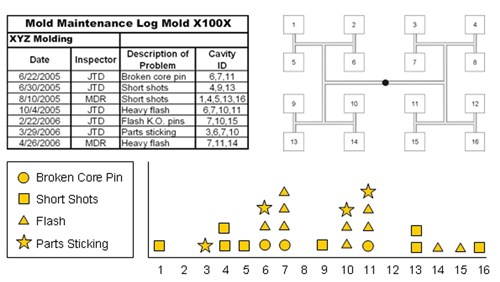
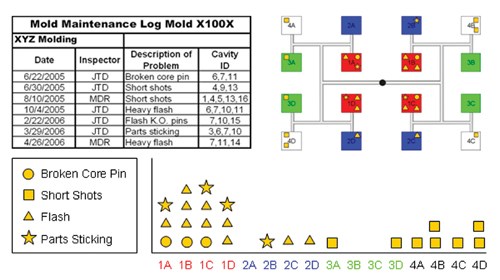







_300x250 4.png;maxWidth=300;quality=90)








.jpg;maxWidth=300;quality=90)





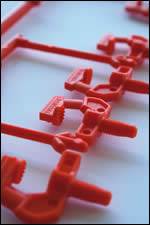


_970x250 3.png;maxWidth=970;quality=90)